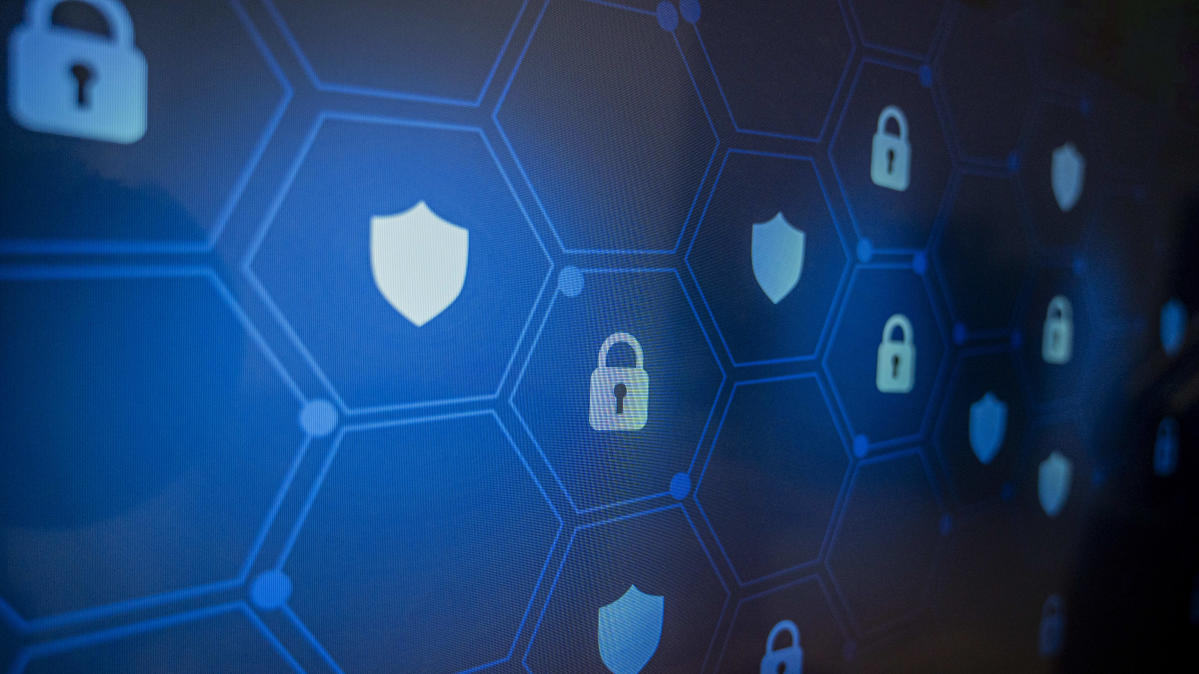Navigating Change: How Trump 2.0 Could Reshape Cybersecurity Strategies
As the political landscape in the United States appears poised for a significant shift with the potential return of Donald Trump, industry leaders are keenly assessing the implications this could have on various sectors, particularly cybersecurity. With experts like Cohesity’s CEO weighing in on the matter, understanding the anticipated changes in policies and practices becomes crucial for organizations navigating an evolving threat landscape.
The Current Cybersecurity Landscape
Cybersecurity has emerged as a top priority for businesses and governments alike, especially as the digital transformation accelerates. With the increase in remote work, cloud computing, and reliance on technology, the attack surface for cybercriminals has expanded dramatically. This has led to a rise in cyberattacks, data breaches, and ransomware incidents, making effective cybersecurity strategies more important than ever.
The Biden administration has focused on strengthening cybersecurity frameworks, promoting collaboration between the public and private sectors, and enhancing critical infrastructure security. However, a potential Trump 2.0 administration may usher in a different approach, one that could significantly alter the cybersecurity landscape.
Potential Policy Changes Under Trump 2.0
Donald Trump’s previous administration was marked by a blend of deregulation and a focus on national security. As he considers a return to the White House, industry leaders speculate on the direction he might take regarding cybersecurity policies. Here are some anticipated changes:
- Increased Focus on National Security: Trump has historically prioritized national security, which may translate into more stringent cybersecurity measures, particularly concerning foreign threats.
- Reduction in Regulations: A Trump administration may seek to reduce the regulatory burden on businesses, potentially affecting how cybersecurity practices are enforced.
- Incentives for Private Sector Collaboration: Encouraging partnerships between government and private entities could foster innovation and lead to more effective cybersecurity solutions.
Impact on Cybersecurity Strategies
With these potential policy shifts, organizations will need to adapt their cybersecurity strategies to align with the new landscape. Here’s how Trump 2.0 could reshape their approaches:
1. Enhanced Threat Intelligence Sharing
One of the key challenges in cybersecurity is the lack of timely information sharing regarding threats. A proactive approach could involve establishing more robust frameworks for threat intelligence sharing between the government and private sectors. This would allow organizations to stay ahead of emerging threats and respond more effectively.
2. Increased Investment in Cybersecurity Technology
With the emphasis on national security potentially driving investments, organizations may see a surge in funding for advanced cybersecurity technologies. This might include artificial intelligence (AI), machine learning (ML), and automation tools designed to detect and respond to threats rapidly.
3. Emphasis on Workforce Development
The cybersecurity workforce gap remains a pressing issue. Under Trump 2.0, initiatives aimed at strengthening workforce development in cybersecurity could gain traction. This could lead to new educational programs and partnerships with tech companies to train the next generation of cybersecurity professionals.
Collaboration and Public-Private Partnerships
Public-private partnerships have been crucial in addressing cybersecurity challenges. The Trump administration may prioritize these collaborations, encouraging businesses to share their cybersecurity practices and experiences. This could foster a culture of transparency and collective defense against cyber threats.
Adapting to a New Normal
Organizations must remain agile and adaptable in the face of changing political landscapes. Here are some strategies to consider:
- Continuous Risk Assessment: Regularly assess cybersecurity risks and vulnerabilities to stay ahead of potential threats.
- Invest in Training: Ensure that all employees are educated about cybersecurity best practices to mitigate human error, which is often a significant risk factor.
- Implement Zero Trust Architecture: Adopt a zero-trust approach to security, where no one is trusted by default, regardless of their location within or outside the network.
The Role of Technology in Cybersecurity
As the threat landscape evolves, so too must the technologies used to combat these threats. Emerging technologies that could play a vital role include:
- Artificial Intelligence and Machine Learning: These technologies can enhance threat detection and automate response processes, making cybersecurity defenses more robust.
- Blockchain Technology: Often associated with cryptocurrency, blockchain can enhance security by providing a secure, decentralized method for data storage and transactions.
- Advanced Encryption Techniques: With increasing data breaches, utilizing strong encryption methods will be essential to protect sensitive information.
Looking Ahead: A Collaborative Future
While the prospect of a Trump 2.0 presidency brings uncertainty, it also presents an opportunity for innovation and collaboration in cybersecurity. Leaders in the field must engage proactively with these changes to protect their organizations and the broader community from evolving cyber threats.
The cybersecurity industry is at a crossroads, facing both challenges and opportunities. As conversations around policy and strategy evolve, it is essential for businesses to remain vigilant and adaptable. By fostering a culture of collaboration, investing in new technologies, and prioritizing workforce development, organizations can position themselves to thrive in a rapidly changing landscape.
Conclusion
Navigating the complexities of cybersecurity in a changing political environment requires foresight and adaptability. With the potential return of Donald Trump, industry leaders like Cohesity’s CEO emphasize the need for a proactive approach to cybersecurity strategies that can withstand future challenges. By embracing innovation and collaboration, organizations can not only survive but thrive in the face of evolving cyber threats. The future of cybersecurity is not just about defense; it’s about building resilient systems that can adapt to change and ensure the safety of our digital landscape.
See more Future Tech Daily

